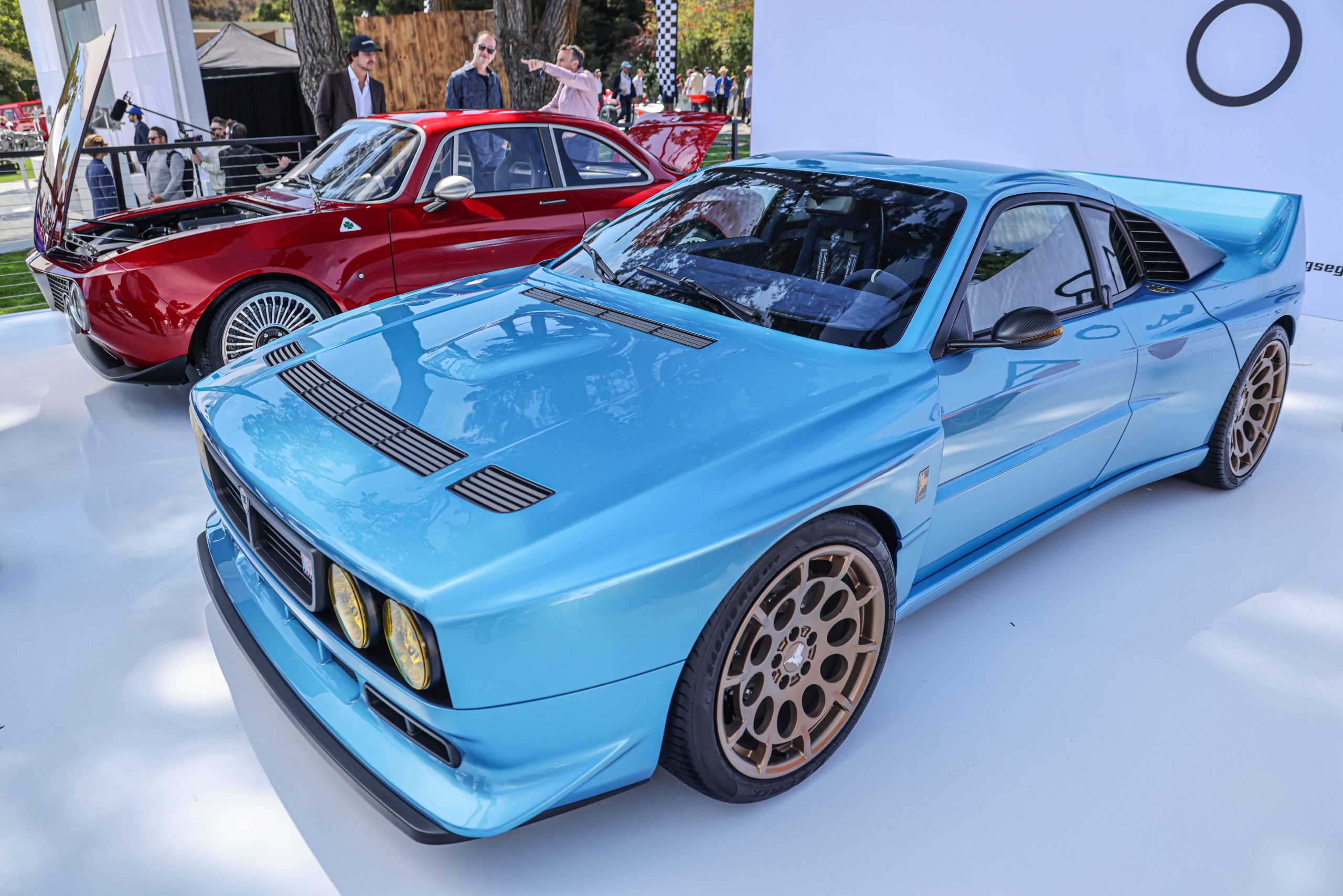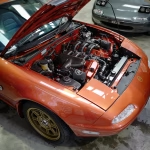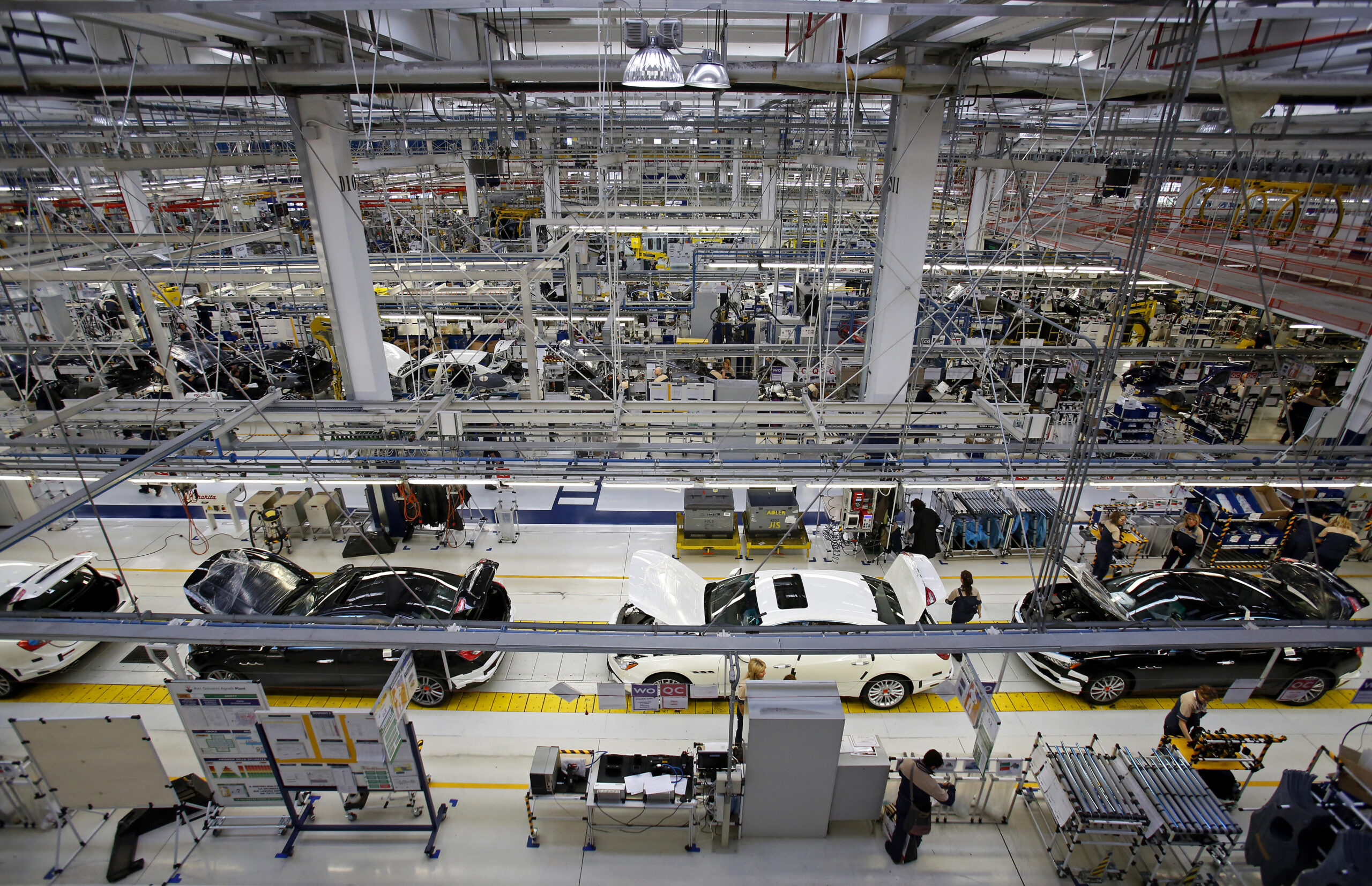The Quail, A Motorsports Gathering is one of the more prestigious car shows on the peninsula during Monterey Car Week.
Manufacturers have taken notice of the open wallets captive audience that attends this annual event, and as such there were an impressive number of production and concept debuts from big names like McLaren, Lamborghini, and Koenigsegg.

Those debuts gathered large crowds, but some of the other debuts had classic car fans just as excited. Here are seven of our favourite new-old cars that we discovered.
Gunther Werks Project Tornado

The latest build from Gunther Werks is Project Tornado, the company’s interpretation of Porsche’s air-cooled 993-generation 911. Its body structure is built from carbon fibre and sheds 227kg compared to a 993’s typical steel chassis (down to 1225kg), yet it’s rigid enough to withstand the twisting force of a potent powerplant.
And this one is packing serious power, indeed. Rothsport Racing built a power-dense 4.0-litre twin-turbo engine for Project Thunder that belts out 600bhp for normal use, while track mode adds an extra 100 ponies.
RUF Bergmeister Speedster

RUF’s Bergmeister speedster is a carbon fibre homage to Porsche’s topless hillclimb racers of the past, such as the 906, 718 RS, and most notably the 909 Bergspyder. It’s powered by a 444bhp, 442lb ft, aircooled, turbocharged flat-six, strapped to a six-speed manual transmission and a limited-slip diff.
An elegant interior incorporates plenty of black microsuede with the seat centres decked out in tartan that matches its white and green exterior finish. While the open cockpit is naturally the most notable element, it’s also hard to ignore the pared-back rear bumper, its heat-wrapped exhaust pipes slung out in the breeze.
Porsche 911 “Turbo Study” modified by Singer


You can’t mention reimagined 911s without mentioning Singer. The company, based in southern California, has been putting its spin on restoring 964-generation 911s for more than a decade. The hand-built, naturally aspirated engines featured in those builds love to rev and deliver tremendous performance, but some customers will prefer the company’s newest restored and reimagined 930.
The “Turbo Study” is a look at the next chapter at Singer. Its turbocharged and intercooled 3.8-litre engine produces 510bhp and a set of carbon-ceramic brakes helps keep it in check. The slight modifications to the body, like the shark-fin air intakes, give a slightly more modern look to the classic lines, just as you’d expect from a 911 restored and “reimagined” by Singer.
Kimera EVO37





If you thought The Quail, A Motorsports Gathering was all about Porsche 911 restomods, you’d be wrong. We also spotted a new version of a rally legend that we’ve been hoping to see in its twin-charged glory since hearing about it more than a year ago: the Kimera EVO37.
Like the Lancia 037 that it’s based on, this one is powered by a supercharged and turbocharged, 550bhp 2.0-litre four-cylinder. Considering its carbon fibre construction has kept the weight down to just over a ton, the EVO37 should do its predecessor justice, and then some.
Volvo P1800 Cyan
Cyan Racing brought the hottest Volvo production cars to the market with superb brakes, well-balanced chassis, and dialled-in damping. Now the company is putting its energy into building track-ready versions of its classic P1800 coupe.
As you might expect by now, this car features a carbon fibre body. Its turbocharged 2.0-litre engine churns out 420bhp and its high-strength-steel chassis and independent suspension ensure a rigid structure and sharp handling – and it weighs just 990 kilograms. After driving it, we came away impressed. Find out why via this link.
Totem Automobili GT Super
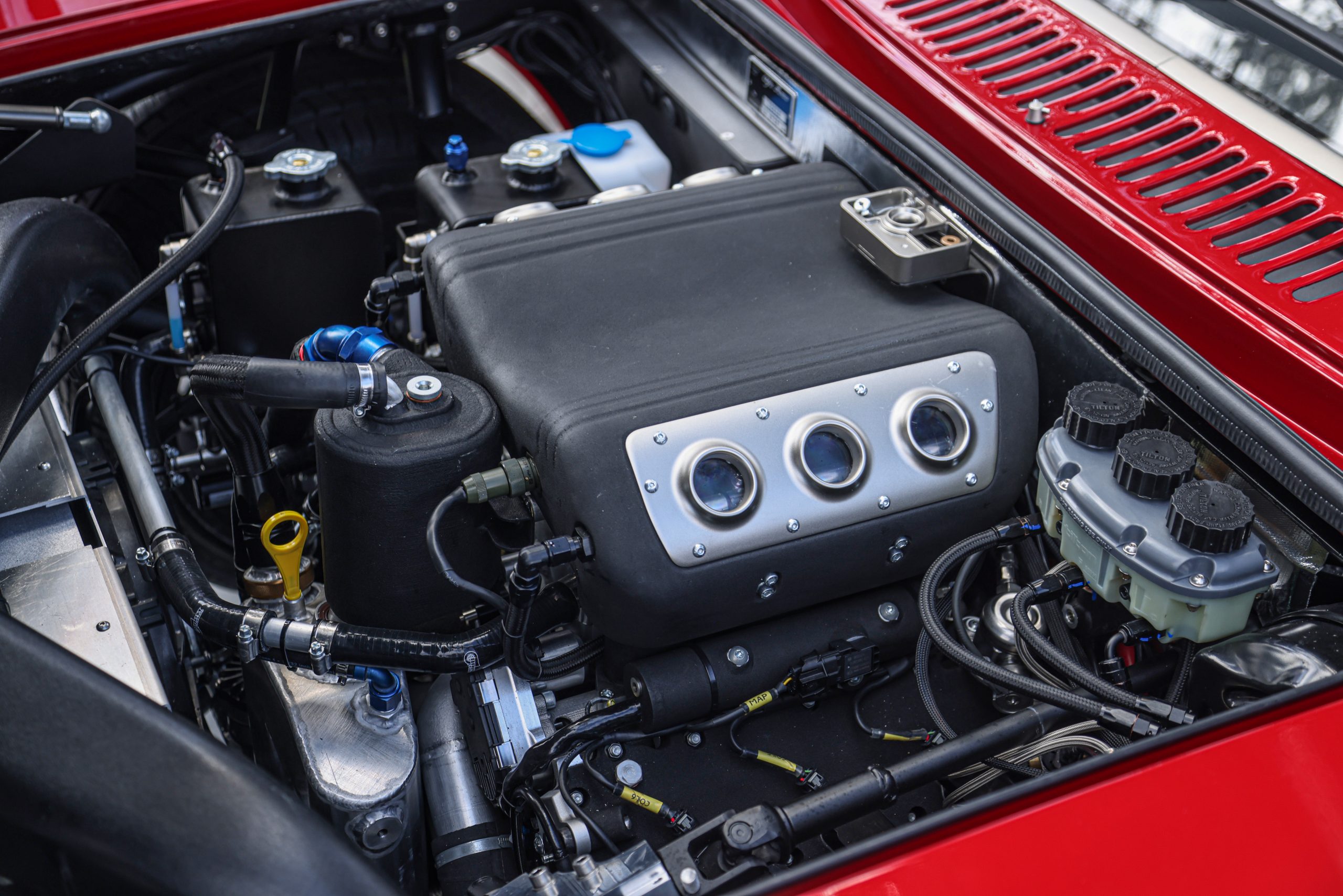
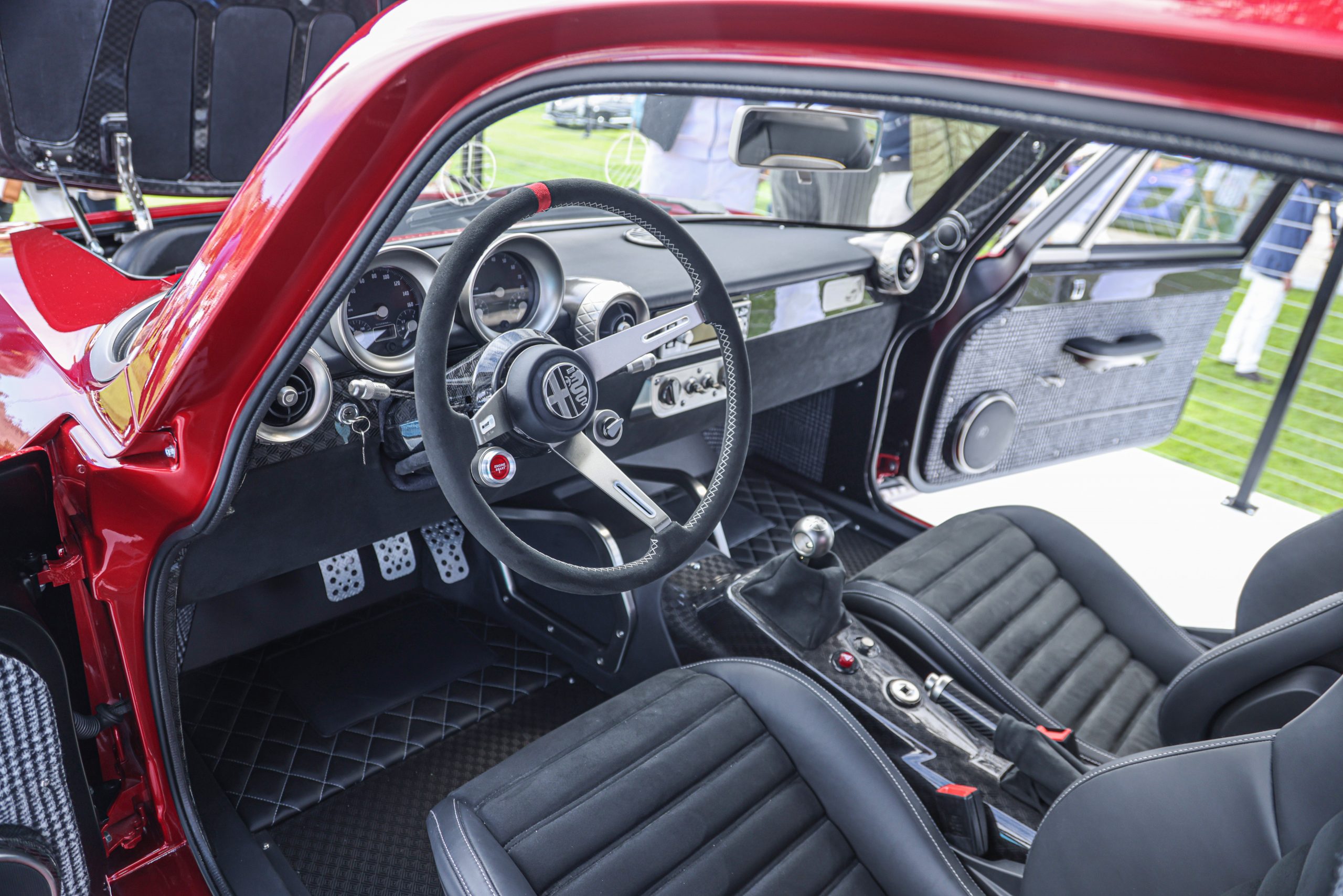
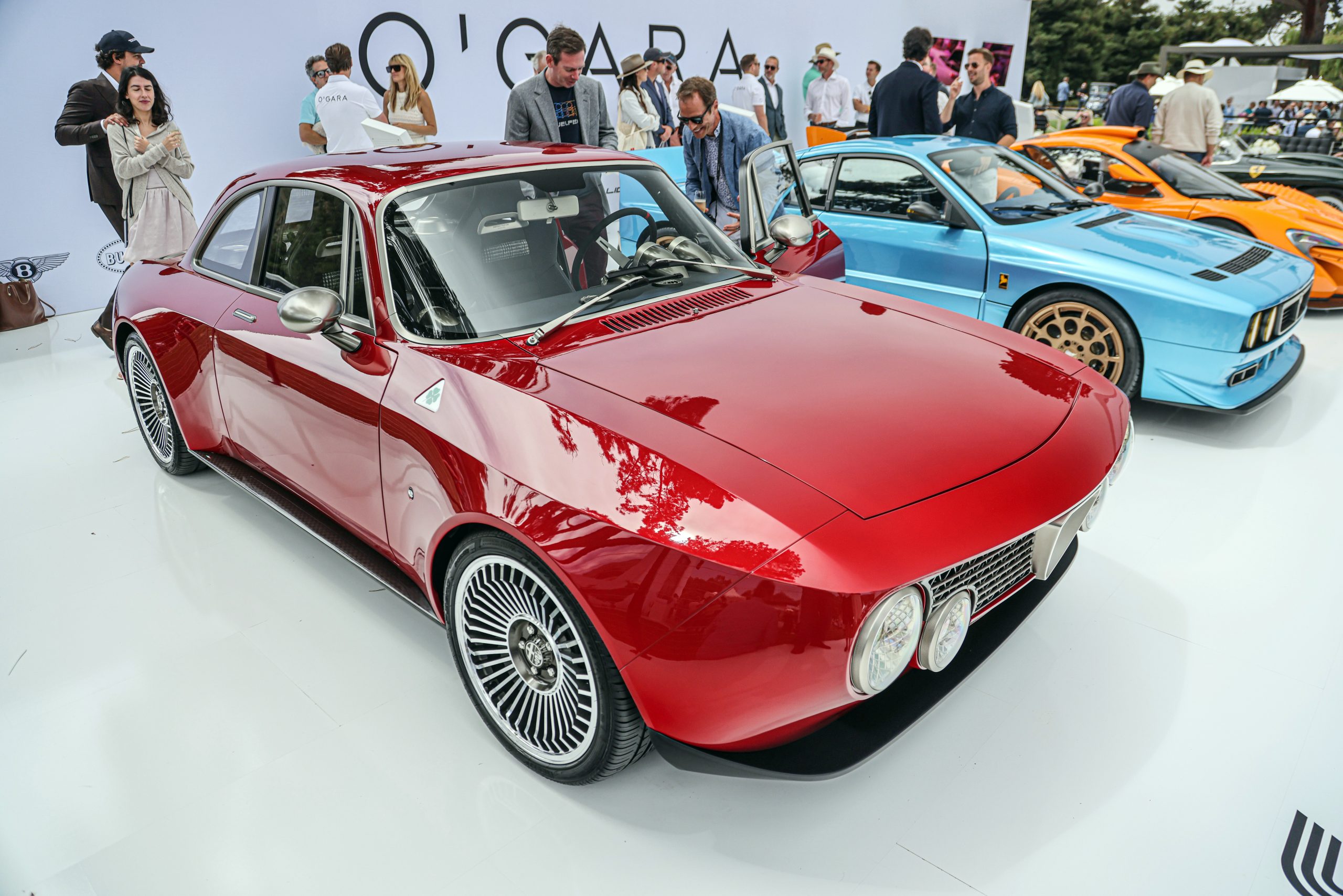
Totem Automobili’s GT Super is the most thoroughly redesigned vehicle we’ve highlighted thus far. While other restomods use some of the donor vehicle’s parts, or at least their dimensions, the GT Super is actually a scaled-up take on the classic Alfa Romeo GT coupes of the 1960s. Its carbon fibre body is a bit wider, and not just because of its flared sides; even the windscreen of the GT Super is unique, as it’s wider than the original.
It features a bespoke, driver-oriented interior with exposed carbon fibre at the top of the door panels that match the sill extensions. Under the bonnet is a 540bhp version of the Giulia GTA’s 2.9-litre V6 that sends its twist to a rear-mounted transaxle that contributes to the car’s 50/50 weight distribution. We spoke with Totem’s owner, Riccardo Quaggio, who told us the goal was to create an Italian gran turismo. “We keep the design, we keep the aesthetic of the original, but in the end, it’s a new car.” Totem plans on creating just 30 GT Supers, each one custom-built.
Speedkore Hellucination (’68 Charger)
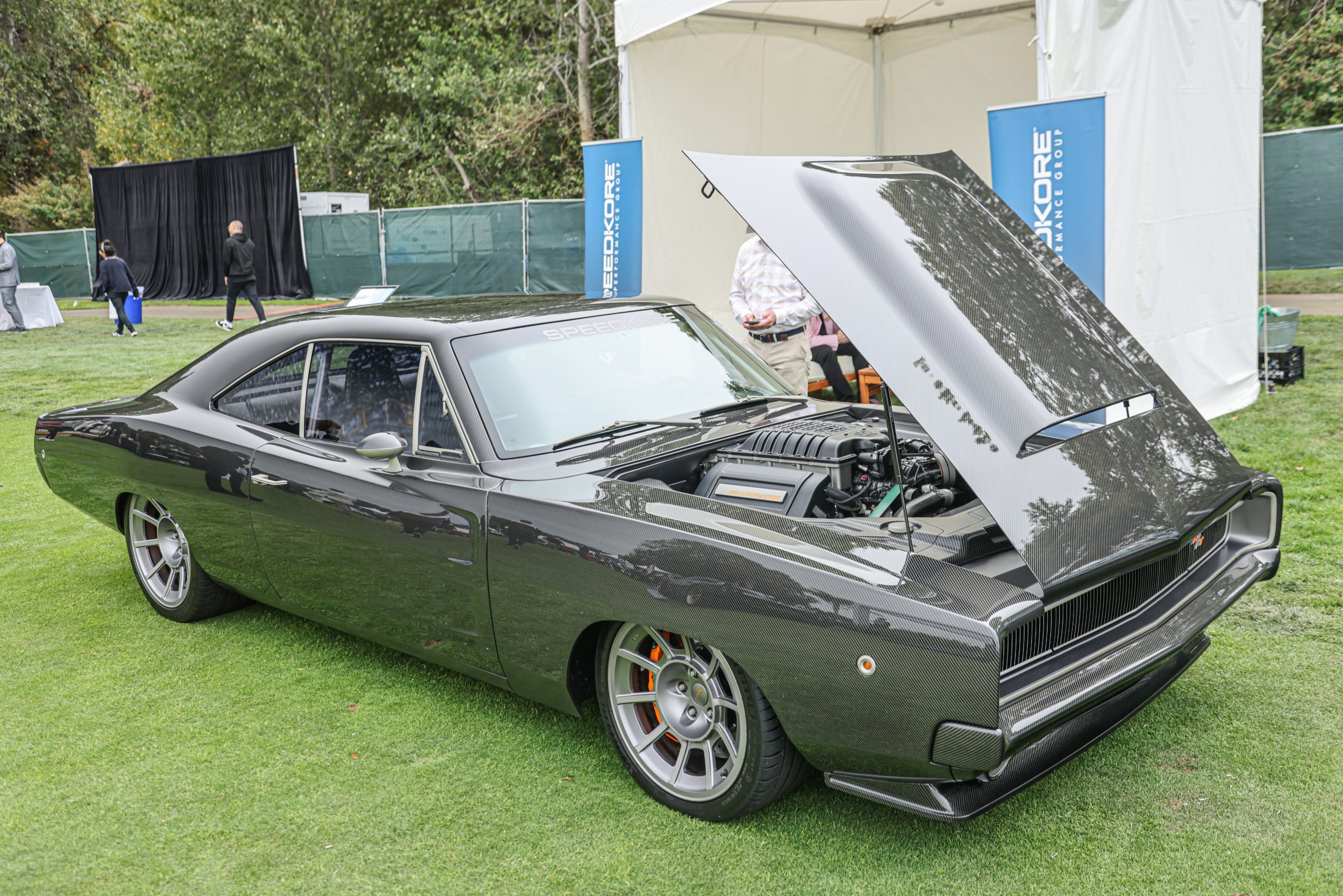
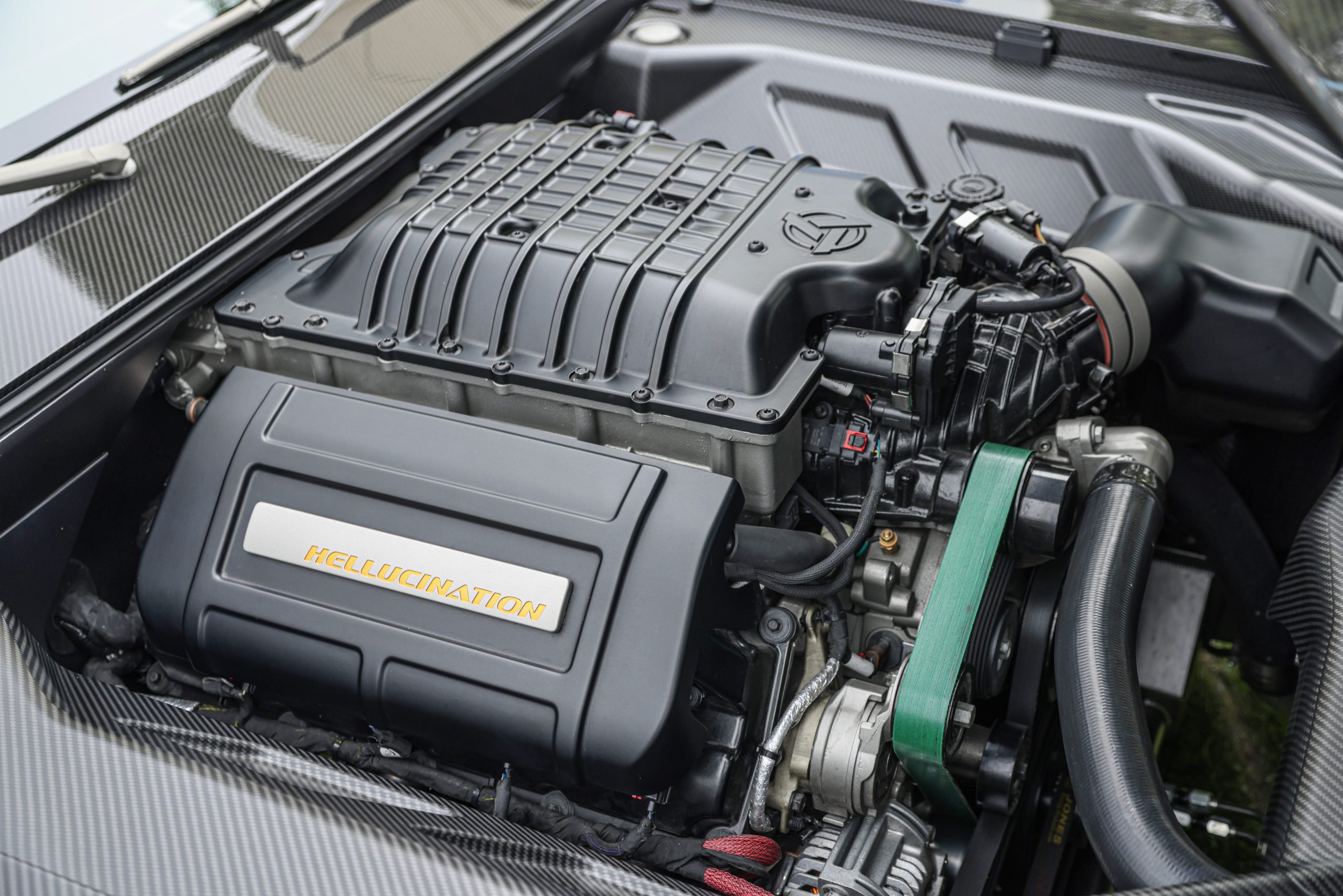
For those with an appetite for even more carbon fibre bodywork and even more outrageous power, Speedkore brought out Hellucination, a supercharged, Hemi-powered 1968 Charger that uses a full-carbon body and shows off a beautiful weave. Under its forward-tilting bonnet is a Hellephant crate engine.
At 426 cubic inches, it packs the same displacement as the Gen II Hemi that would have been used in 1968, but this one packs a monster supercharger that boosts output to 1000bhp! The engine is backed by a ZF eight-speed auto, just like a modern Hellcat Charger. We’ve seen several of Speedkore’s builds in the past and always come away impressed.
This article was originally published on Hagerty US.
Read more
Tuthill 911K is the 11,000rpm, 850kg Porsche you’ve been waiting for
Defender Works V8 Trophy gets a sequel
The Beach Mini is back thanks to one German firm
